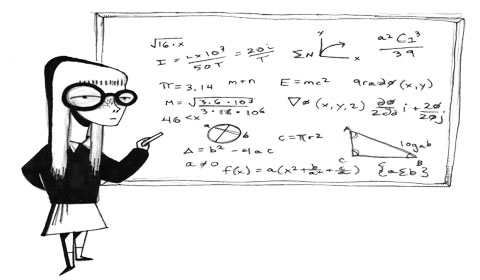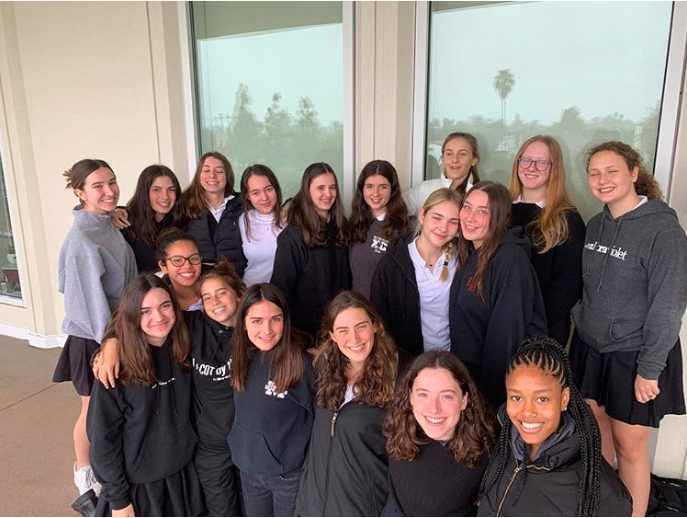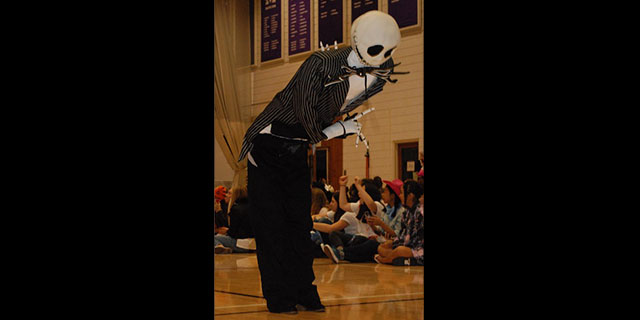
During the weeks of Oct. 12 and Oct. 19, researchers from the psychology department at the University of Massachusetts, Amherst, who were hired by Dr. Nilanjana Dasgupta, Ph.D. a professor of psychology at the University of Massachusetts, Amherst, who received a grant to do this research, came to Marlborough to study the psychological, social and academic motivations of girls to get involved and participate actively in STEM subjects. Sitting in on math and science classes, they observed 8th grade students. They hope to find out how an 8th graders’ minds work and what parts of their lives and society motivate them to be more or less involved in STEM subjects.
This project aims to discover the psychological and peer factors that increase interest in STEM fields in adolescent girls. The research team is studying nine co-ed and all girls schools around the country, including Archer School for Girls, Oakwood School and schools in Texas, Northern California and Pennsylvania, to observe their 8th grade classes. Each 8th grader whose parents signed the permission form to be in the study filled out an extensive survey that asked them questions like how popularity affects their interest in STEM fields.
Researchers Jacqueline Smith, Madeleine Lempereur and Shanila Sattar, all of whom are either graduate or post-graduate students, came to Marlborough to find out the motivations of adolescent girls in the STEM fields.
“We’re interested in finding out what challenges students face in those classrooms, and what gets them interested in the maths and sciences, to kind of get a better understanding of why students choose and don’t choose to keep studying those subjects in school,” Lempereur said.
Dr. Dasgupta contacted the School to be part of this study after reaching out to the National Coalition of Girls Schools. Head of School Barbara Wagner agreed to the study and corresponded with the 8th grade parents in order to have them fill out the permission forms in July. Head of the Upper School, Laura Hotchkiss ‘86, is the coordinator for this research study at Marlborough. She was interested in the maths and sciences during her time at Marlborough and is interested in how other Marlborough students feel about those subjects.
“I’m always interested to know what interests girls and what motivates girls to study math and science, as someone who loved math and science as a young person,” Hotchkiss said.
The main part of the field research was sitting in on and observing 8th grade math and science classes including Exploring Science 2, Geometry and Pre Algebra classes. The research team was trying not to disrupt classes so that students would not be self conscious when observed by the researchers. Alison ’19, a student in one of the classes studied, said, “They didn’t talk or participate in classes. It was odd at first having new people in the back of the class, but it didn’t bother anyone having them there.”
However, ten Marlborough 8th graders did not turn in permission forms to participate in the study and were therefore not included in the research. One student filled out the survey, however, after finishing, her parents pulled her permission form, and her survey was not used.
One class that the researchers observed was Science Instructor, Andrew Witman’s Exploring Science 2. Witman, who has spent years as a science teacher and robotics coach, believes that Marlborough students are generally interested in the math and sciences.
“I do think that there is a difference in that of all girls schools and co-ed schools, I think that the students here are very interested in [STEM subject], and I think over the five years I’ve been here, girls have become more interested in math and science and are doing things like Honors Research and robotics and Remote Control club and computer programming,” Witman said.
The researchers will come back to campus in the spring of 2015 to give the survey again and observe more classes. There are no results yet for the research that they’ve done so far; however, the School will be contacted once the research has been analyzed and the results are in.






